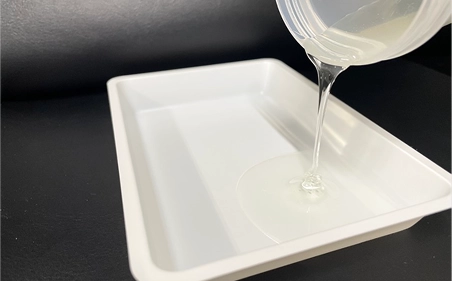Resin & Rubber + Shock Absorption (Loss Tangent (tan δ)) Ranking
What is loss tangent (tan δ) for shock absorbency?
Loss tangent (tan δ) is a measure indicating how much energy is converted into heat and other viscous losses when elastic or polymeric materials undergo vibration or deformation.
Materials with higher tan δ values more effectively absorb and dampen shock and vibration, though they tend to generate more heat and experience greater energy loss. The optimal tan δ value varies depending on the specific application and requirements—whether vibration damping, rebound properties, or minimal energy loss is desired.
Resin & Rubber + Shock Absorption Ranking (in order of highest loss tangent (tan δ))
*Please note that the values presented in this ranking are general guidelines only. Actual values may vary significantly depending on the manufacturer, specific grade, and formulation.
RLR (Rubber-Like Resin): A Revolutionary Material Combining High Tensile Strength and Elongation
Traditional resin materials have struggled to balance flexibility and durability. To overcome this challenge, we've developed Rubber-Like Resin (RLR), which combines rubber-like flexibility with exceptional durability.
This innovative material features superior elasticity and scratch resistance, while also providing excellent vibration absorption and chemical resistance. Since it cures at room temperature, no heating furnace is required—contributing to energy efficiency. RLR can be utilized across diverse applications, from electronic component coatings to construction materials and automotive parts.
This innovative material features superior elasticity and scratch resistance, while also providing excellent vibration absorption and chemical resistance. Since it cures at room temperature, no heating furnace is required—contributing to energy efficiency. RLR can be utilized across diverse applications, from electronic component coatings to construction materials and automotive parts.

Key Advantages of Rubber-Like Resin Compared to Urethane Materials




